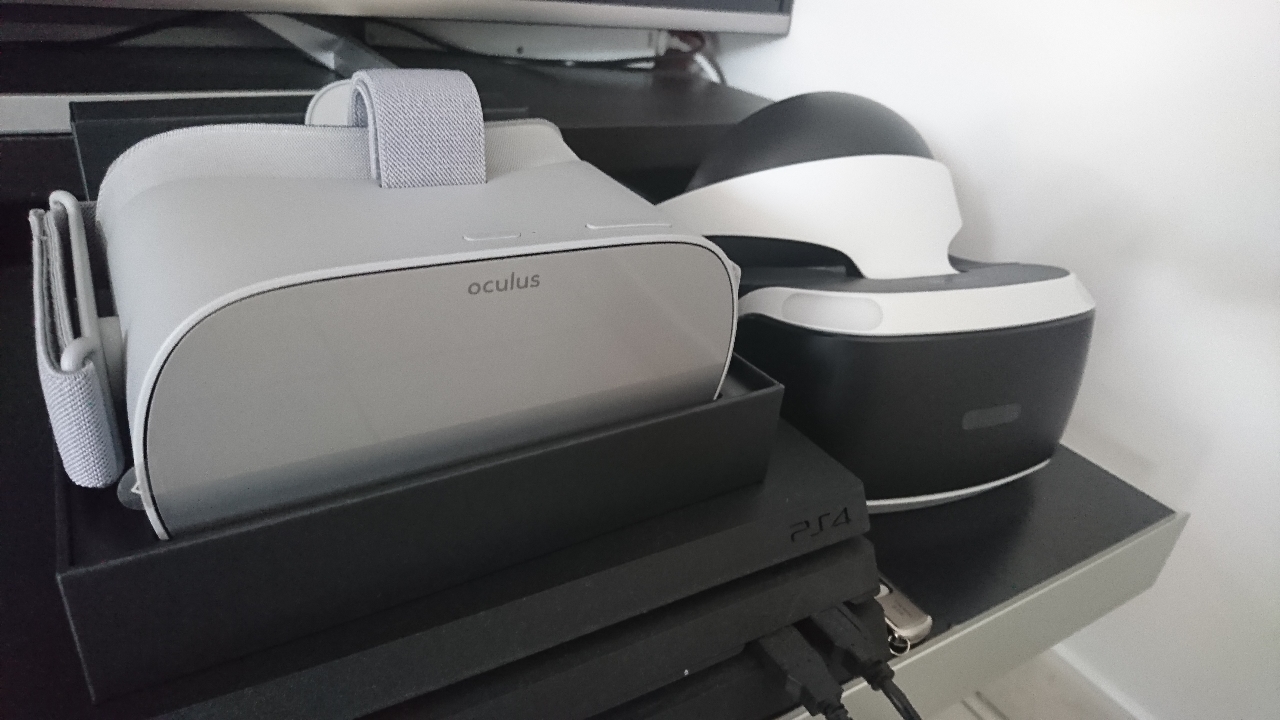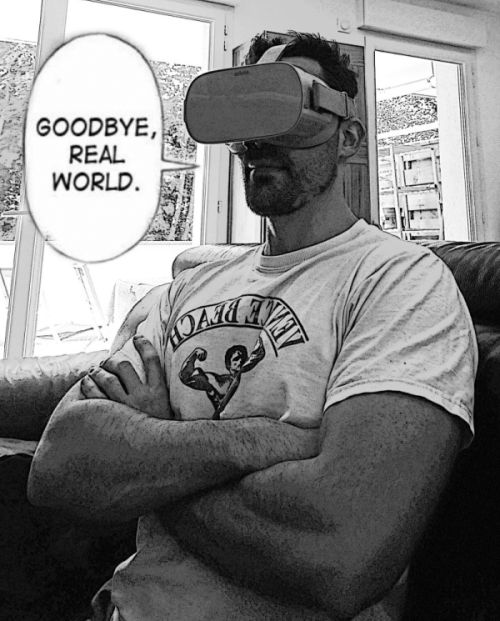Tkumpathenurple
Veteran
1) The Lenovo Mirage says otherwise.
2) That's why I say a system like the current PSVR would be fine: it requires line of sight with the camera. I suggest building the transmission hardware into the camera, so as long as you can be tracked, you can have the image transmitted.
4) Yup, it would be fairly expensive. I think staggering the release of it and the PS5 would be wise: 2019 PSVR2 and 2020 PS5 or vice versa.
Perhaps two tiers would be viable?
I'll carry on later: just got to work.
2) That's why I say a system like the current PSVR would be fine: it requires line of sight with the camera. I suggest building the transmission hardware into the camera, so as long as you can be tracked, you can have the image transmitted.
4) Yup, it would be fairly expensive. I think staggering the release of it and the PS5 would be wise: 2019 PSVR2 and 2020 PS5 or vice versa.
Perhaps two tiers would be viable?
I'll carry on later: just got to work.


